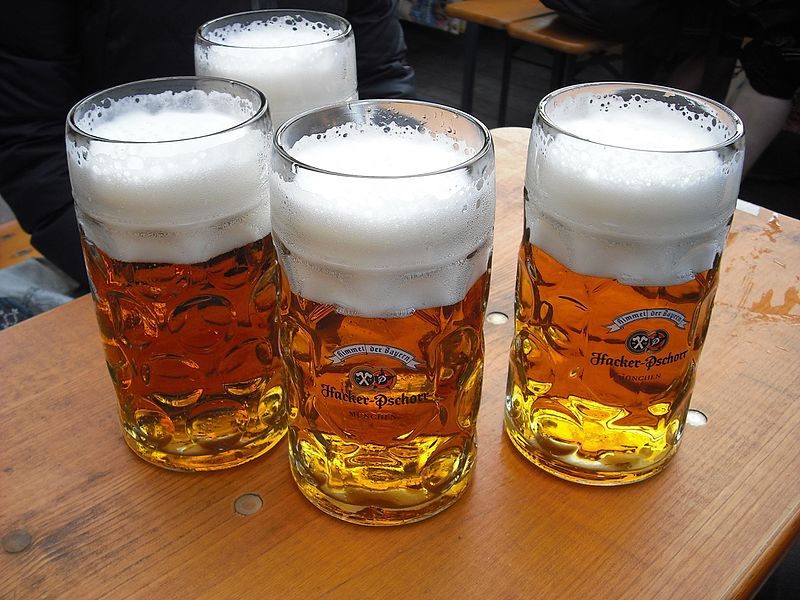Found: The Earliest Evidence of Lager Yeast Being Used to Make Alcohol
South Americans were brewing booze with cold-resistant yeast at least 200 years before Europeans.

Many centuries ago, back in the Middle Ages, Europeans started making the crucial beverage known as beer. At first, they made ales, which require a certain strain of yeast, Saccharomyces cervisiae, and was fermented at warm temperatures, from about 65 to 75 degrees Fahrenheit. But around 1400, Germans started making a different kind of beer, a crisp and cool lager.
Lager ferments at much cooler temperatures, thanks to a different, more cold-resistant yeast used in its production. Now, according to NBC News, Alberto Perez of Universidad Catolica de Temuco, has found an even earlier example of cold-resistant yeast being used to make alcoholic beverages.
Last year, Perez discovered ceramic bowls dating back 1,000 years in the forests on the Chile-Argentina border, NBC News reports. When that pottery was tested for traces of organic material, the analysis showed traces of a cold-resistant yeast, Saccharomyces eubayanus, on the pottery. It is, Perez told NBC, the “first archaeological evidence and earliest evidence of any kind of Saccharomyces eubayanus being used in alcohol production.”

Saccharomyces eubayanus has only been known to science since 2011, when a team found it living on the bark of southern beech trees in the forests of Patagonia, not so far from where Perez discovered the pottery. Those scientists were looking for the other half of the pair that created the yeast used to make lagers today, Saccharomyces pastorianus, which is a hybrid of Saccharomyces cervisiae, the ale yeast. The researchers knew that the other “parent” yeast had to be cold-tolerant, but no such yeast had ever been found growing naturally in Europe.
In the northern hemisphere, yeast species can be found growing in oak trees, and southern beeches occupy a similar ecological niche in the southern hemisphere. After analyzing 123 isolates of cold-resistant Saccharomyces, the scientists discovered one, Saccharomyces eubaynus, that was a genetic match with today’s lager yeast. The other half of the equation had been found.

Since then, Saccharomyces eubayanus has been found growing in China, North America, and New Zealand, but it’s never been clear exactly how it made it to Germany in the 1400s. If it had come from the Americas, the timing would have been tight, for instance, and some scientists believe that it probably traveled to Europe from China, over Silk Road trading routes.
This new discovery indicates that, at the very least, South American people started brewing alcoholic drinks, possibly like the chicha made in the region today, using Saccharomyces eubayanus at least 200 years before Europeans had the chance to. It may be one of those cases where two people in very distant places had the same great idea. Or, in some way, we may have inventive South American brewers from 1,000 years ago to thank for the lagers of the world.












Follow us on Twitter to get the latest on the world's hidden wonders.
Like us on Facebook to get the latest on the world's hidden wonders.
Follow us on Twitter Like us on Facebook